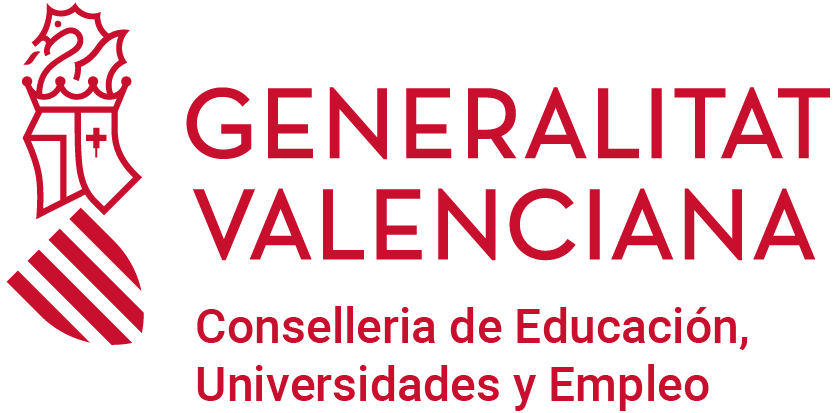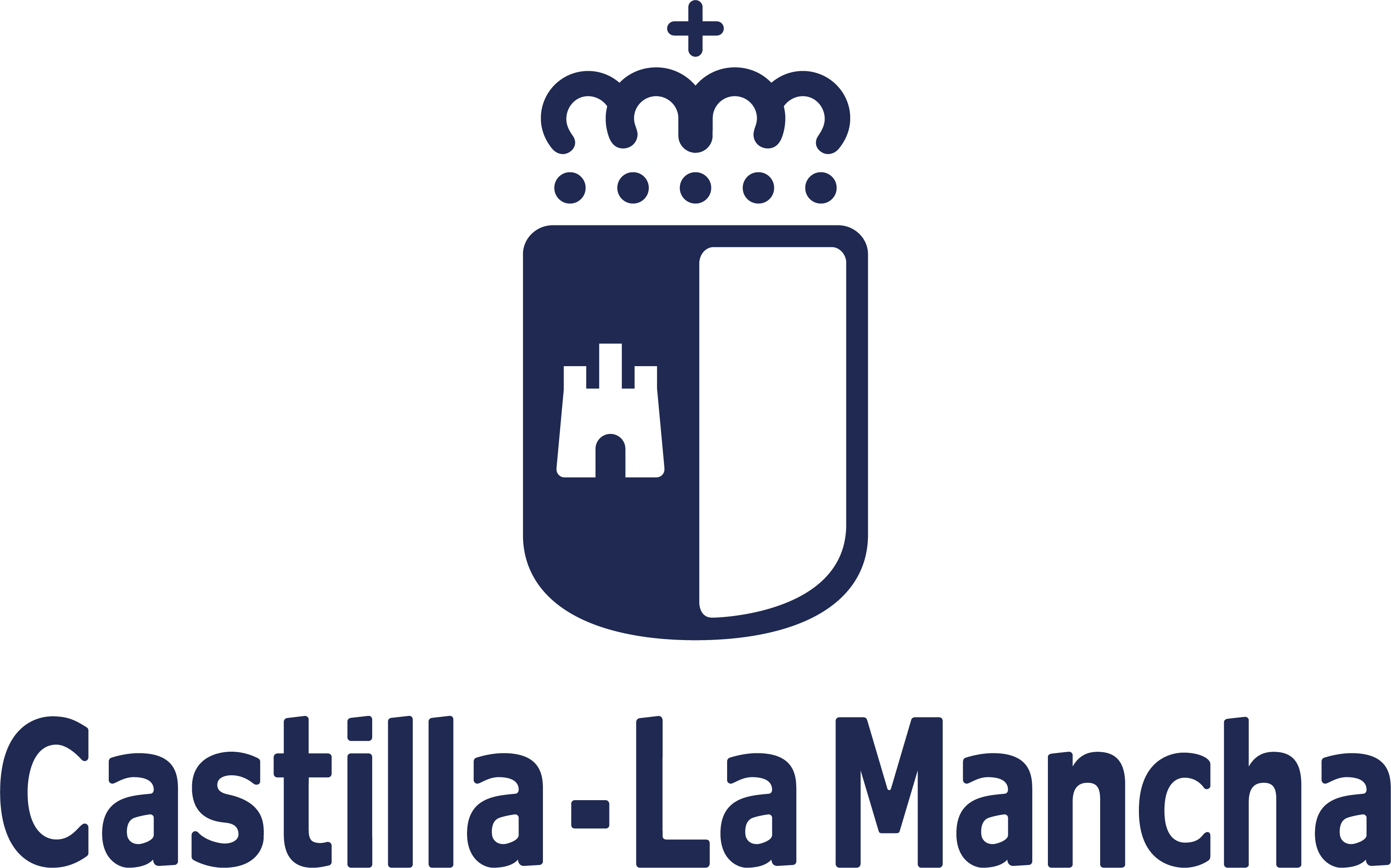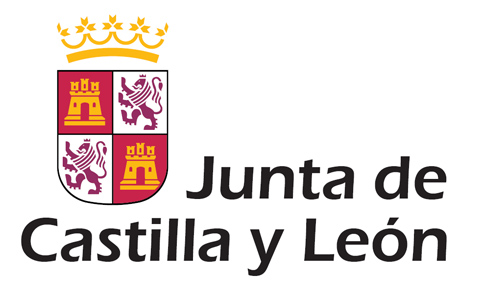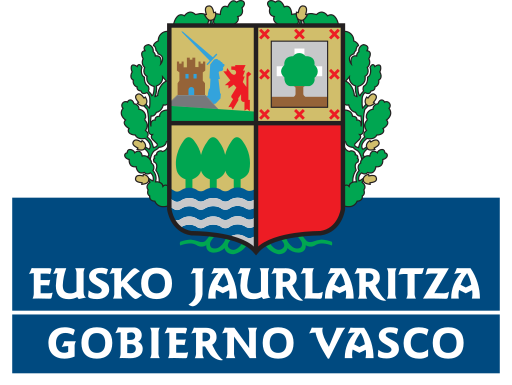The 'Instituto Regional de Investigación Científica Aplicada (IRICA)' of the University of Castilla-La Mancha (UCLM), located on the Ciudad Real Campus, has marked a new era in regional scientific research following the arrival of innovative X-ray photoelectron spectroscopy (XPS) equipment, the first of its kind in Castilla-La Mancha.
This advanced equipment opens doors to the detailed exploration of the surface composition of materials, both solids and liquids, allowing scientists to study not only what chemical elements are present, but also how they are distributed on surfaces to link them to specific properties and potential applications.
The acquisition of the XPS equipment was carried out through the Advanced Materials Programme-CLM, part of the complementary R&D&I plans of the Ministry of Science and Innovation, and was co-funded by the central government and the 'Junta de Comunidades de Castilla-La Mancha'.
The research group led by Professor Ester Vázquez Fernández-Pacheco, director of the IRICA, was at the forefront of this achievement. The XPS, installed at IRICA's Instrumentation Service, is expected to be fully operational by the summer, greatly enhancing UCLM's research capabilities.
X-ray photoelectron spectroscopy is considered one of the most accurate and powerful techniques for the detailed analysis of the chemical composition and state of atoms on study surfaces. It is an extremely versatile tool with applications ranging from the analysis of special coatings to research on semiconductors, catalysts and graphene derivatives.
The importance of this method extends to a myriad of areas, including ceramics, corrosion prevention, microelectronics, materials recycling, the biomedical sector, the creation of biocompatible materials and optics, to mention just a few fields of interest.
This achievement has been possible thanks to the joint effort and collaboration of several UCLM research groups, including OED, SaBio, CRN, ROBIND, DYPAM, TEQUIMA and PROBIO-Q, demonstrating the university's commitment to multidisciplinary advancement and scientific innovation.



.jpg)









